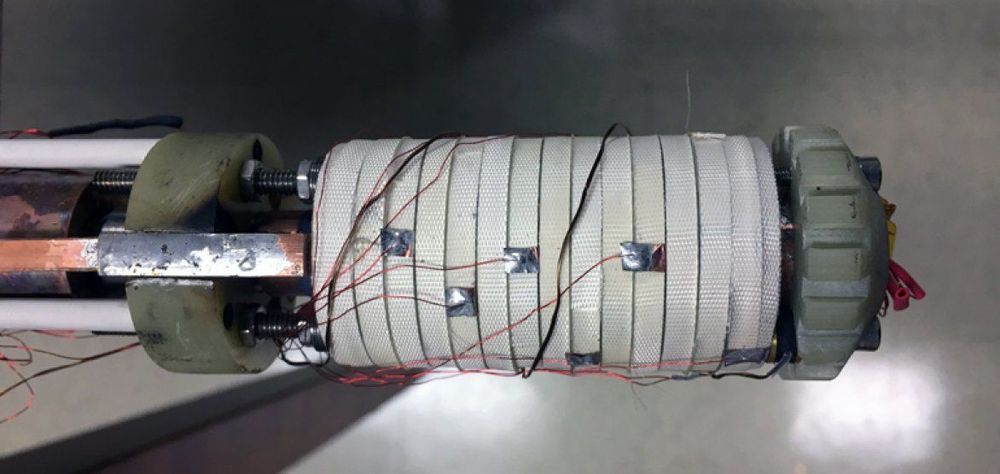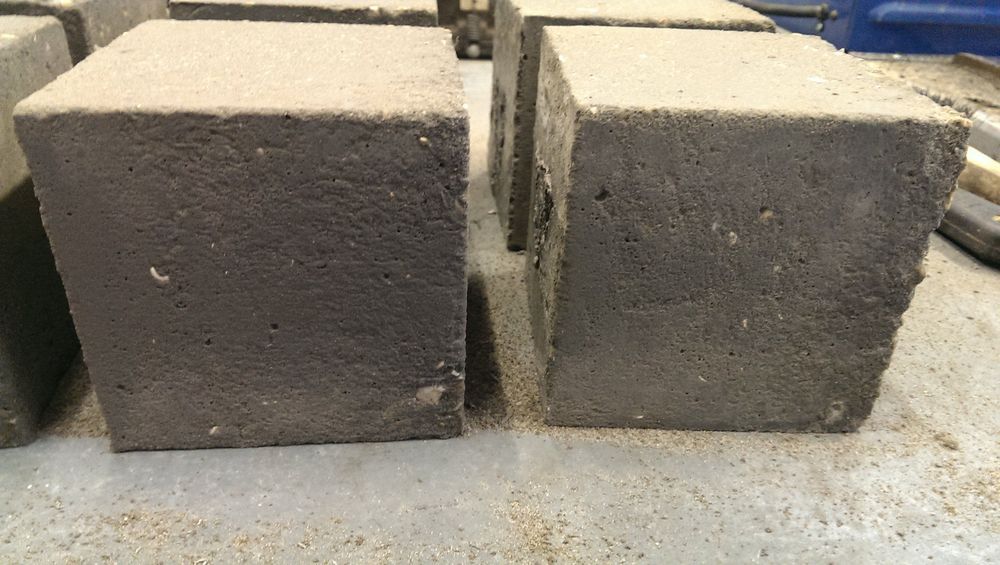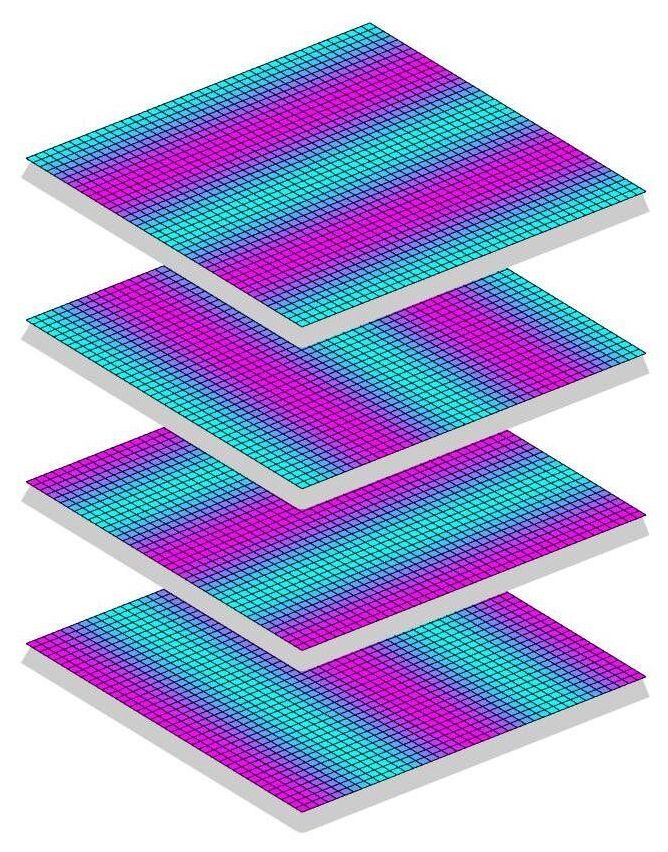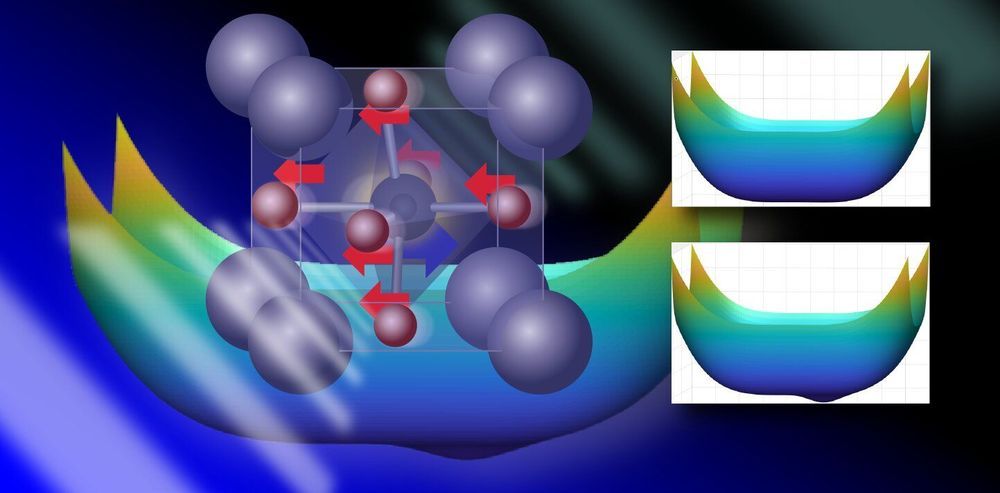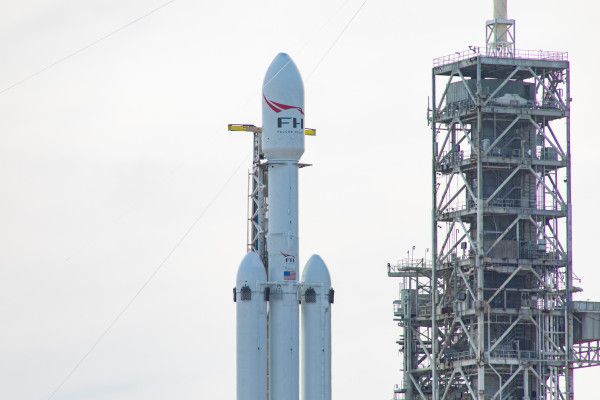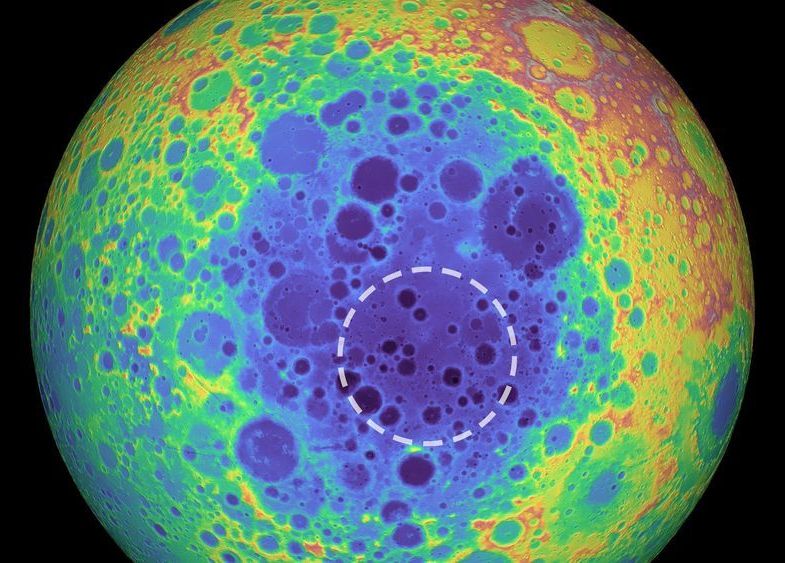Archive for the ‘materials’ category: Page 233
Jun 18, 2019
Scientists discover new type of self-healing material
Posted by Quinn Sena in categories: materials, robotics/AI
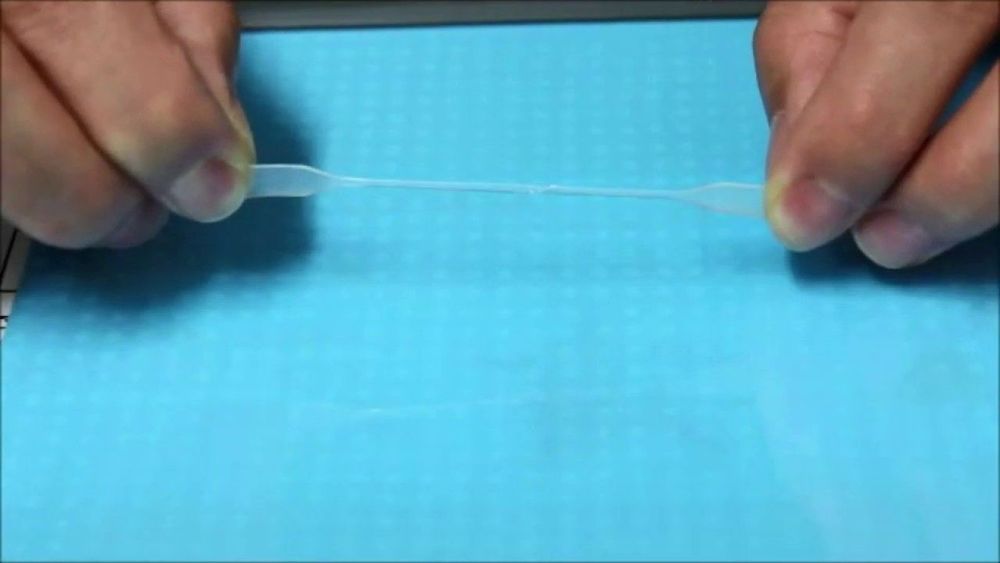
A research group from RIKEN and Kyushu University has developed a new type of material, based on ethylene, which exhibits a number of useful properties such as self-healing and shape memory. Remarkably, some of the materials can spontaneously self-heal even in water or acidic and alkali solutions. The new material is based on ethylene, a compound that is the source of much of the plastic in use today.
Materials that can self-heal have become a popular area of research during the last decade, and a variety of materials have been developed. However, most of the self-healing materials reported to date have relied on sophisticated designs that incorporate chemical mechanisms into polymer networks, such as irreversible or reversible covalent-bond formation, hydrogen bonding, metal-ligand interactions, or ionic interactions. As a result, they require some external stimulus, such as heat or pressure, to prompt them to heal, and in most cases, they do not function in water, acid or alkaline solutions because the chemical networks cannot survive such conditions. The ideal is to create a material that possesses sufficient toughness and can autonomously self-heal under various conditions.
Continue reading “Scientists discover new type of self-healing material” »
Jun 17, 2019
Scientists create innovative new ‘green’ concrete using graphene
Posted by Quinn Sena in categories: engineering, materials
A new greener, stronger and more durable concrete that is made using the wonder-material graphene could revolutionise the construction industry.
Experts from the University of Exeter have developed a pioneering new technique that uses nanoengineering technology to incorporate graphene into traditional concrete production.
The new composite material, which is more than twice as strong and four times more water resistant than existing concretes, can be used directly by the construction industry on building sites. All of the concrete samples tested are according to British and European standards for construction.
Jun 14, 2019
Electron (or ‘hole’) pairs may survive effort to kill superconductivity
Posted by Genevieve Klien in categories: energy, materials
Scientists seeking to understand the mechanism underlying superconductivity in “stripe-ordered” cuprates—copper-oxide materials with alternating areas of electric charge and magnetism—discovered an unusual metallic state when attempting to turn superconductivity off. They found that under the conditions of their experiment, even after the material loses its ability to carry electrical current with no energy loss, it retains some conductivity—and possibly the electron (or hole) pairs required for its superconducting superpower.
“This work provides circumstantial evidence that the stripe-ordered arrangement of charges and magnetism is good for forming the charge-carrier pairs required for superconductivity to emerge,” said John Tranquada, a physicist at the U.S. Department of Energy’s Brookhaven National Laboratory.
Tranquada and his co-authors from Brookhaven Lab and the National High Magnetic Field Laboratory at Florida State University, where some of the work was done, describe their findings in a paper just published in Science Advances. A related paper in the Proceedings of the National Academy of Sciences by co-author Alexei Tsvelik, a theorist at Brookhaven Lab, provides insight into the theoretical underpinnings for the observations.
Continue reading “Electron (or ‘hole’) pairs may survive effort to kill superconductivity” »
Jun 14, 2019
Revealing ‘hidden’ phases of matter through the power of light
Posted by Genevieve Klien in categories: materials, particle physics
Most people think of water as existing in only one of three phases: Solid ice, liquid water, or gas vapor. But matter can exist in many different phases—ice, for example, has more than ten known phases, or ways that its atoms can be spatially arranged. The widespread use of piezoelectric materials, such as microphones and ultrasound, is possible thanks to a fundamental understanding of how an external force, like pressure, temperature, or electricity, can lead to phase transitions that imbue materials with new properties.
Jun 13, 2019
Optics / Photonics Information
Posted by Richard Christophr Saragoza in categories: biotech/medical, materials
The gold vapor laser has been widely used in the treatment of cancer using photodynamic therapy.
Using Blue Light to See Through Fire in Optical Imaging Dr Matthew Hoehler AZoOptics talks to Dr Matthew Hoehler about his recent research, using blue light to see through fires and make previously impossible qualitative observations about material damage during a fire.
Jun 13, 2019
A Superconducting Magnet Just Smashed The Strongest Magnetic Field Record
Posted by Quinn Sena in categories: habitats, materials
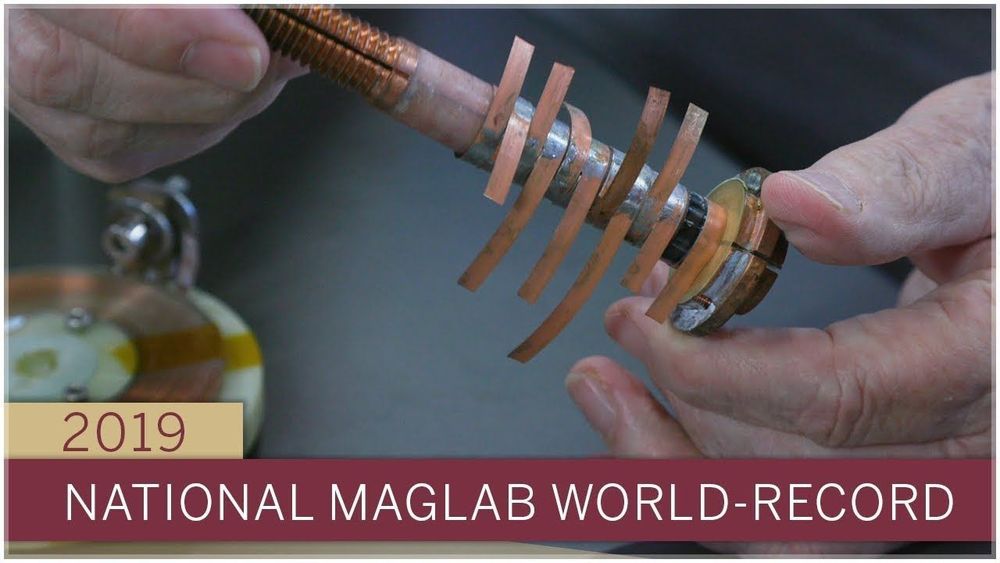
A new superconducting magnet has briefly sustained an astonishing 45.5 tesla magnetic field intensity. For comparison, your flimsy fridge magnets have about 1 percent of a single tesla.
The measurement, achieved by researchers at the National High Magnetic Field Laboratory (MagLab) at Florida State University resets the bar on what’s possible in direct current magnetic fields, exceeding the previous limit by half a tesla.
Continue reading “A Superconducting Magnet Just Smashed The Strongest Magnetic Field Record” »
Jun 11, 2019
NASA details Deep Space Atomic Clock and other tests launching on SpaceX Falcon Heavy
Posted by Genevieve Klien in categories: materials, satellites
SpaceX’s next mission for its Falcon Heavy high-capacity rocket is set for June 24, when it’ll take off from NASA’s Kennedy Space Center in Florida with 20 satellites on board that comprise the Department of Defense’s Space Test Program-2. That’s not all it’ll carry however: There also will be cargo pertaining to four NASA missions aboard the private launch vehicle, including materials that will support the Deep Space Atomic Clock, the Green Propellant Infusion Mission and two payloads that will serve scientific missions.
NASA detailed all of these missions in a press conference today, going into more detail about what each will involve and why NASA is even pursuing this research to begin with.
Jun 10, 2019
Mass anomaly detected under the moon’s largest crater
Posted by Quinn Sena in categories: materials, space
A mysterious large mass of material has been discovered beneath the largest crater in our solar system—the Moon’s South Pole-Aitken basin—and may contain metal from the asteroid that crashed into the Moon and formed the crater, according to a Baylor University study.
“Imagine taking a pile of metal five times larger than the Big Island of Hawaii and burying it underground. That’s roughly how much unexpected mass we detected,” said lead author Peter B. James.
Ph.D., assistant professor of planetary geophysics in Baylor’s College of Arts & Sciences. The crater itself is oval-shaped, as wide as 2,000 kilometers—roughly the distance between Waco, Texas, and Washington, D.C.—and several miles deep. Despite its size, it cannot be seen from Earth because it is on the far side of the Moon.
Continue reading “Mass anomaly detected under the moon’s largest crater” »
Jun 9, 2019
Handy graphene foam combos keep surfaces ice-free
Posted by Quinn Sena in category: materials
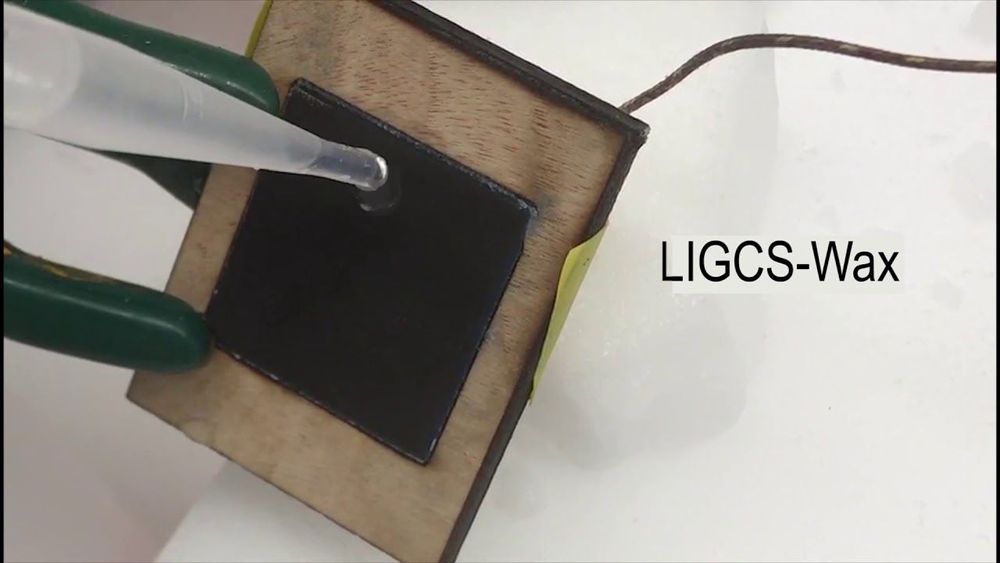
Combining laser-induced graphene with a range of other materials gives it all sorts of new tricks.
